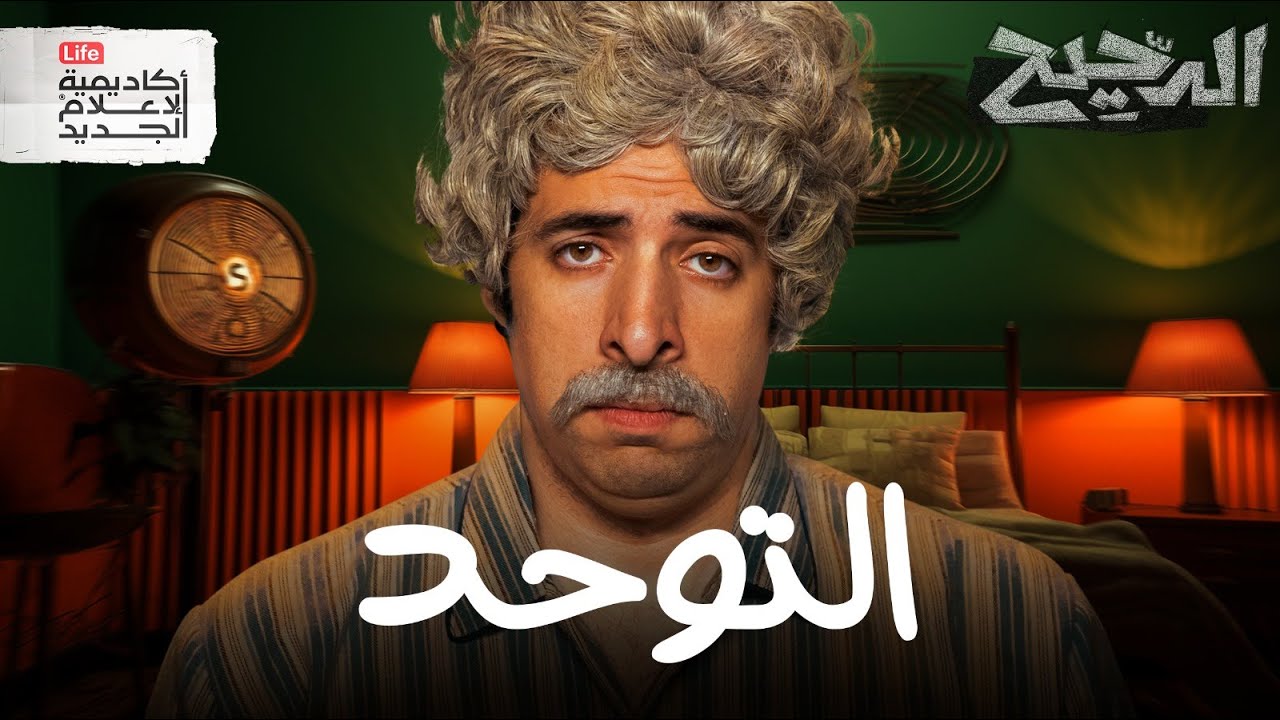"Playing with Toys" Real Look Autism Episode 5
Summary
TLDRIn this video, Renee Dunn, Marcus's grandmother, learns strategies from speech-language pathologist Jenny Sharpless to better engage with Marcus, who is on the autism spectrum. The focus is on 'tuning in' to Marcus's interests, imitating his play, and simplifying language to facilitate communication. By joining in his play, using clear vocabulary, and expanding language gradually, Marcus shows progress in interaction and begins to verbalize words. The video emphasizes the importance of simple, meaningful play and positioning for better connection and learning.
Takeaways
- 👵 Marcus is an affectionate child on the autism spectrum, and his grandmother Renee plays a significant role in his care while his parents work.
- 🔍 Marcus initially did not talk and showed little interest in playing with others, which was a concern for his family.
- 🌟 Jenny Sharpless, a speech-language pathologist, emphasizes the importance of 'tuning in' to Marcus's interests and imitating his actions as a strategy for interaction.
- 🧩 The first activity involves a puzzle where Marcus's grandmother is encouraged to play alongside him, rather than just watching, to foster a more engaging interaction.
- 🤝 The change in play style, from watching to participating, immediately made the play more fun and encouraged Marcus to take turns and communicate more.
- 💬 Jenny advises against using generic language and suggests focusing on key vocabulary related to the toys, such as colors, numbers, and action words.
- 📚 By simplifying language and joining in play, Marcus's engagement increased, and he began to speak words, which was a significant development.
- 👀 The importance of face-to-face interaction is highlighted to facilitate better communication and connection with Marcus.
- 🚗 Imitation is key in play; having your own toy to mirror Marcus's actions helps in building rapport without taking away his toy.
- 📈 The strategy of expanding language by adding to Marcus's words, like saying 'cargo' or 'go car,' helps in enriching his vocabulary.
- 👍 Positioning is crucial for making eye contact and sharing smiles, which are important for building a connection and encouraging social interaction.
- 🎈 The script underscores that simple, old-fashioned play and turn-taking can be highly effective in engaging children with autism, without the need for complex strategies or technology.
Q & A
Who is Marcus and what is his condition?
-Marcus is a child who is described as very loving and affectionate. He is on the autism spectrum, which means he has a developmental disorder affecting communication and behavior.
Who is Renee Dunn and what is her relationship to Marcus?
-Renee Dunn is Marcus's grandmother. She watches over Marcus while his parents are at work.
What is the main challenge Marcus faces in communication?
-Marcus initially struggles with verbal communication, not talking or saying any words, and shows frustration when he cannot communicate effectively.
Who is Jenny Sharpless and what is her role?
-Jenny Sharpless is a speech and language pathologist working at the Kennedy Krieger Center for Autism and Related Disorders. She is helping Marcus with his communication skills.
What is the primary strategy Jenny suggests for working with Marcus?
-The primary strategy suggested by Jenny is 'tuning in' to what Marcus is interested in and imitating his actions during play to engage him and encourage communication.
How does Jenny recommend changing the way Renee plays with Marcus?
-Jenny advises Renee to become a play partner with Marcus, actively participating in the activities he enjoys rather than just watching him play.
What is the importance of simplifying language when interacting with Marcus?
-Simplifying language helps Marcus to better understand and engage in the interaction. It allows for clearer communication and makes it easier for him to pick up and use new words.
What is the significance of using action words and numbers in play with Marcus?
-Using action words and numbers taps into Marcus's interests and helps to reinforce learning. It provides a context for him to understand and use these words in a meaningful way.
How does imitating Marcus's play with the puzzle help in his learning process?
-Imitating Marcus's play allows him to see that he is being understood and valued. It encourages him to engage more and start using words, as seen when he begins to say 'go'.
What is the 'expanding' strategy mentioned by Jenny and how can it be applied?
-The 'expanding' strategy involves building upon the language and actions that Marcus is already using. For example, if he says 'go', the adult can say 'go car' to introduce new vocabulary in a familiar context.
Why is positioning important when interacting with Marcus?
-Positioning is important for facilitating eye contact and shared smiles, which are crucial for building a connection and encouraging communication.
What does Jenny suggest about the use of technology and toys in play?
-Jenny suggests that while technology is prevalent, it's the simple, old-fashioned play and taking turns that can be most beneficial for children like Marcus, as it promotes interaction and learning.
Outlines

Cette section est réservée aux utilisateurs payants. Améliorez votre compte pour accéder à cette section.
Améliorer maintenantMindmap

Cette section est réservée aux utilisateurs payants. Améliorez votre compte pour accéder à cette section.
Améliorer maintenantKeywords

Cette section est réservée aux utilisateurs payants. Améliorez votre compte pour accéder à cette section.
Améliorer maintenantHighlights

Cette section est réservée aux utilisateurs payants. Améliorez votre compte pour accéder à cette section.
Améliorer maintenantTranscripts

Cette section est réservée aux utilisateurs payants. Améliorez votre compte pour accéder à cette section.
Améliorer maintenant5.0 / 5 (0 votes)






